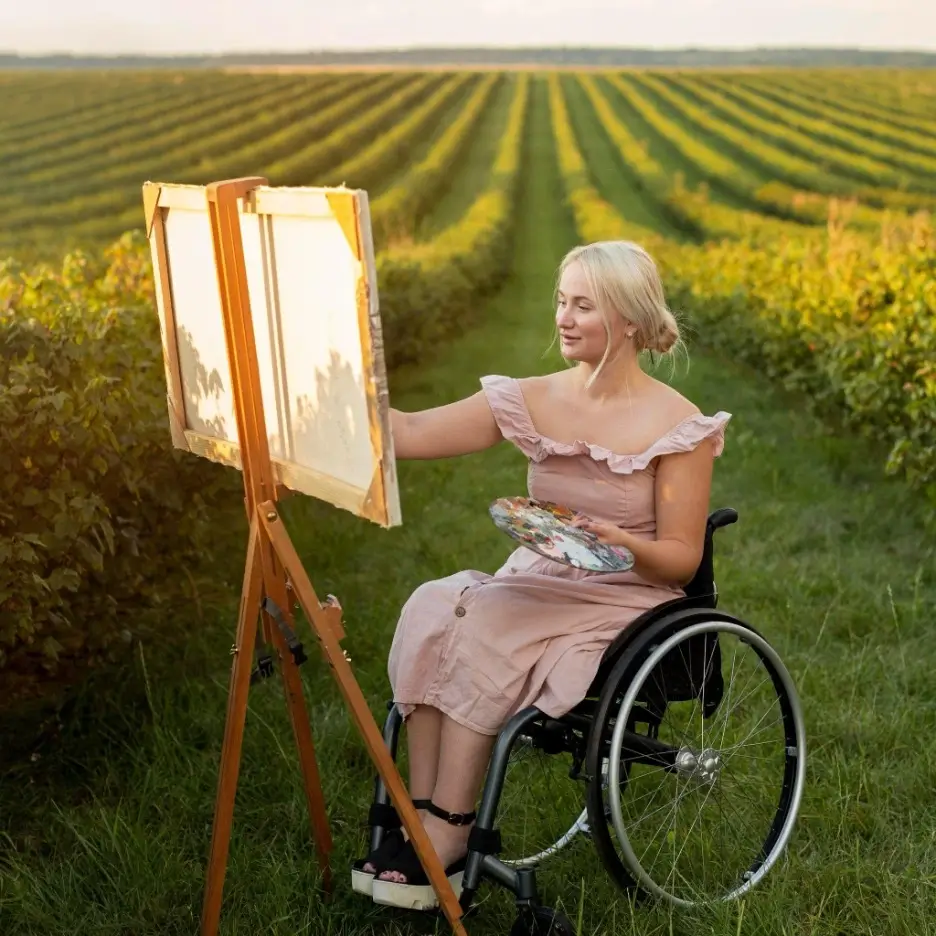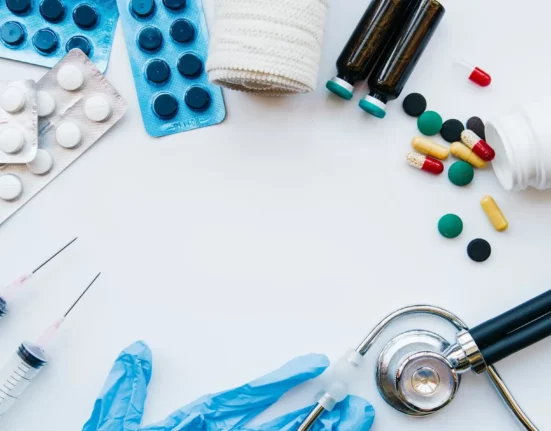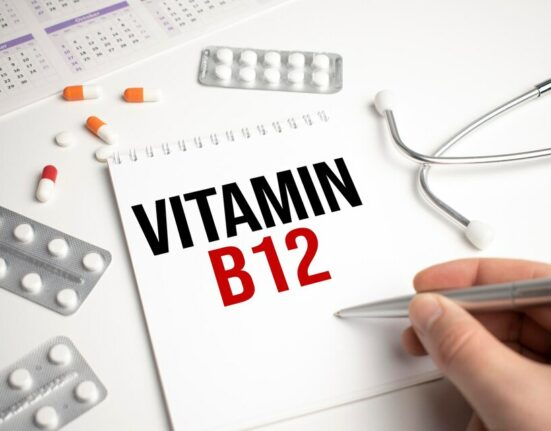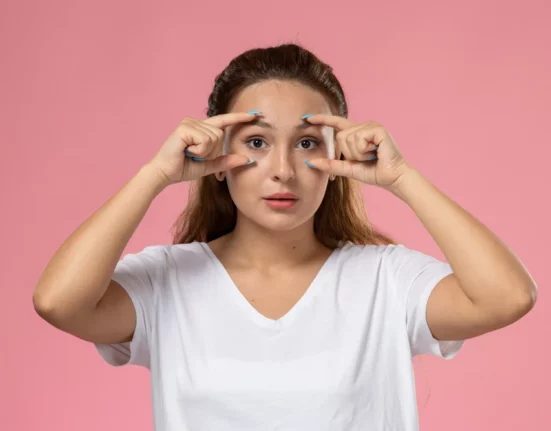Introduction:
In the world of caring for people with disabilities, we’re not just talking about fixing physical issues. It’s about looking at the whole picture, using different ways to help, like creative therapies such as music and art therapy. This blog explores how music and art can make a big difference in the lives of people with disabilities, helping them feel better and more in control.
- Understanding Music Therapy:
Music is like a language everyone understands. It can make you feel things, remember moments, and connect with others. Music therapy uses the power of sound and rhythm to help people with disabilities. Whether you play instruments, sing, or just listen, it can be a game-changer for people facing various abilities and challenges.
- Expressing Feelings:
Music is a special way to show how you feel, especially when words are hard to find. Therapists use music to help people express and understand their emotions, bringing a sense of calm and reducing stress.
- Getting Smarter:
Playing with music can make your brain work better. It helps with memory, attention, and problem-solving, especially beneficial for those with cognitive disabilities. The rhythm and melody become a fun workout for the brain.
- Moving Better:
Engaging with musical instruments or moving to the beat can improve physical abilities. For those with physical disabilities, music therapy is an interactive way to enhance coordination, balance, and strength.
- Making Friends:
Music therapy isn’t just about the music. It’s a chance to be with others, make friends, and not feel alone. It builds a sense of community and social connection.
- Unleashing Creativity: Art Therapy:
Art therapy, like music, taps into the expressive power of another language—visual art. Creating art becomes a way to communicate and discover oneself. Let’s see how art therapy contributes to the overall care of individuals with disabilities:
- Expressing Without Words:
Art becomes a language for those facing challenges in talking. Through painting, drawing, or sculpting, people with disabilities can communicate beyond the limits of traditional language.
- Feeling Proud:
Making art lets individuals take pride in their creations, boosting self-esteem and confidence. Completing an artwork is a moment of accomplishment, celebrating unique abilities.
- Dealing with Tough Times:
Art therapy provides a safe space to explore and process difficult emotions. Engaging in artistic activities becomes a therapeutic outlet, helping cope with stress and emotional challenges.
- Using Senses:
Art-making engages the senses, especially helpful for those with sensory processing disorders. Feeling the textures of paint or crayons creates a structured yet flexible environment for sensory exploration.
Integration into Disability Care Programs:
Recognizing how impactful music and art therapy can be, many disability care service programs include these creative approaches in their overall care plans. Whether in rehabilitation centers, residential care facilities, or community-based programs, the integration enhances the overall quality of care.
Tailored Programs for Diverse Needs:
Trained music and art therapists work closely with individuals to create personalized programs that match their unique needs. This tailored approach ensures that the therapeutic benefits of music and art are maximized for each participant.
Collaboration with Healthcare Professionals:
Music and art therapists often work with healthcare professionals like doctors and psychologists to create comprehensive care plans. This team effort addresses both physical and emotional aspects, creating a healing environment.
Inclusive Community Engagement:
Disability care programs go beyond individual therapy, organizing group activities and community events. These showcase the creative achievements of participants, celebrating their talents and promoting a broader understanding within the community.
Conclusion:
In the world of disability care, music and art therapy create a story of empowerment, self-expression, and overall healing. Beyond their beauty, music and art serve as powerful tools for communication, emotional balance, and physical development. As disability care grows, integrating these creative therapies ensures individuals with disabilities not only get medical attention but also experience the transforming power of artistic expression. With healthcare professionals, therapists, and individuals working together, the symphony of healing continues, creating a brighter and more inclusive future for all.






